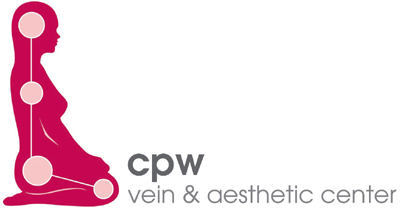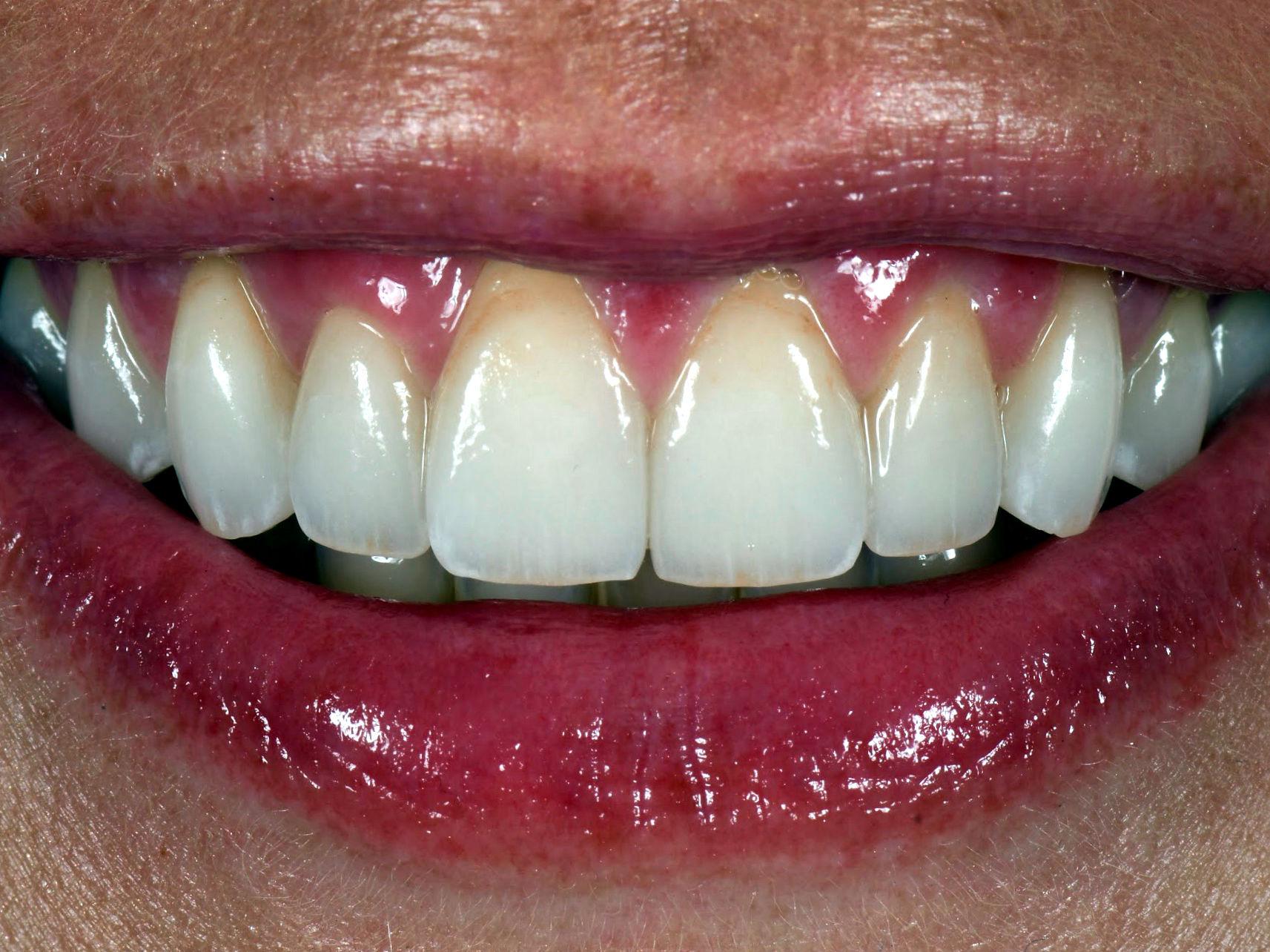Gummy Smile / Lip Flip
Gummy smiles occur for a variety of reasons, most commonly a short upper lip, excessive gum tissue or small teeth, all of which are genetic. Ideal smiles show up only to about two millimeters of gum. Anything over three to four millimeters of gum showing starts to look ‘gummy.’
While for most people smiling is an expression of happiness, individuals whose gums stand out more than their smile does often feel self-conscious. Very often those with gummy smiles try to control and minimize their smile and some feel so self-conscious that they prefer not to smile at all. This can have a detrimental effect on one's professional, social, and personal relationships.
Treatments
In the past, surgery was the main treatment option, but that is costly and painful. Doctors sever the muscles that elevate the upper lip so it can no longer rise as high, or they do a crown lengthening procedure that cuts away gum tissue so the crown appears longer. In extreme cases, orthognathic surgery is performed, which repositions the upper jaw if it sticks out too much. But this can be complicated and can take up to two years to complete.
Botox
Now people are going another route: OnabotulinumtoxinA, otherwise known as Botox®.
Botox® is injected into the upper lip “elevator” muscles. It weakens the overactive muscles, inhibiting contraction of the upper lip, thereby reducing the elevation when smiling to prevent the gummy smile. In contrast to surgery, Botox® is quick and easy, with no downtime. And, if you don’t like it, it resolves in 3-4 months.
Fillers
If a thin upper lip is a contributing factor, Jessica Plotnick, PA-C, MMSc may suggest concomitant upper lip filler with FDA approved fillers such as Juvederm or Restylane. This will subtly help soften and fill the lip.
Questions and Answers
How long does the treatment take?
The procedure takes about 10 minutes.
What does the procedure involve?
Plain ice is used to help numb the injection site. A small amount of Botox will be injected into a few spots on the top of your lip. Within the next 2-3 days, elevation of the upper lip will progressively be weakened and your smile transformed, showing less gum and giving you the confidence to smile! Sometimes patients return 2 weeks after the initial treatment to check-up on how it looks and to see if a touch-up might be in order. There is no down-time after the procedure.
How long do the results last?
Results last for about 3-4 months.
How much does the procedure cost?
Depending on how much Botox needs to be used, it usually cost around $300-$350 with a no charge 2 week touch-up if needed.



